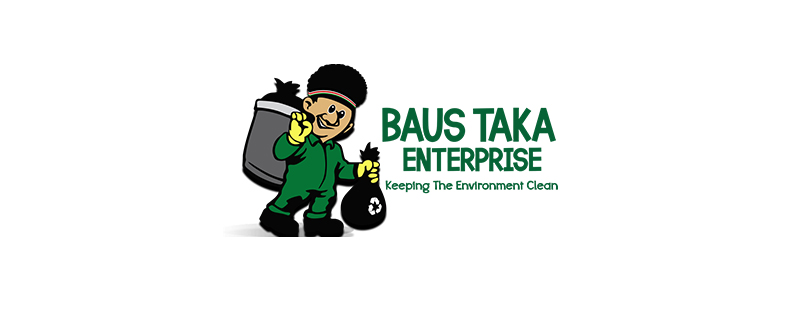Climate change describes a change in the average conditions, such as temperature and rainfall in a region over a long period of time. It refers to long-term shifts in temperatures and weather patterns.
Weather describes the conditions at the specific time in a particular region or place. For example, Rain is a way to describe current weather conditions. Weather events may include: Rain, snow, wind, hurricanes, and tornadoes, etc.
Climate, on the other hand, is more than just one or two rainy days. Climate describes the weather conditions that are expected in a region at a particular time of year. A region’s climate is determined by observing its weather over a period of many years, generally 30 years or more.
Causes of climate change
Earth’s climate has constantly been changing, however scientists have observed unusual changes recently. For example, the s average temperature of planet earth has been increasing much more quickly than they would expect over the past 150 years.
Ranging from natural factors to human livelihood, there are lots of factors that contribute to Earth’s climate. However, scientists agree that these shifts and variations are widely contributed to by human activities. These activities are such as the burning of fossil fuels, which generate greenhouse gas emissions. These emissions form a blanket like wrap around the Earth hence trapping the sun’s heat and raising temperatures. This is known as the greenhouse effect.
Examples of greenhouse gas emissions that are causing climate change include carbon dioxide and methane. These come from using gasoline for driving a car or coal for heating a building, for example.
Clearing land and forests can also release carbon dioxide. Landfills for garbage are a major source of methane emissions. Energy, industry, transport, buildings, agriculture and land use are among the main emitters.
The following are also causes of climate change:
Natural Causes
Long before human existence, the earth has gone through warming and cooling phases. Forces that can contribute to climate change include the sun’s intensity, volcanic eruptions, and changes in naturally occurring greenhouse gas concentrations.
Anthropogenic causes
As discussed, human activities that generate the greenhouse gas (GHG) emissions are the leading cause of the earth’s rapidly changing climate today. Greenhouse gases play an important role in keeping the planet warm enough to inhabit. However, the amount of these gases in the atmosphere has geometrically multiplied in recent decades.
The burning of fossil fuels like coal, oil, and gas for electricity, heat, and transportation is the primary source of human-generated emissions.
A second major source is deforestation, which releases stored carbon by trees into the air. Research shows an estimate of around 8.1 billion metric tons of carbon dioxide per year, which accounts for more than 20 percent of all global CO2 emissions, caused by: logging, clear-cutting, fires, and other forms of forest degradation.
Other human activities influence air pollution; and these may include the excessive use of fertilizer, which is a primary source of nitrous oxide, certain industrial processes that release fluorinated gases and also activities like agriculture and road construction which change the reflectivity of the earth’s surface, leading to local warming or cooling.
Though our planet’s forests and oceans absorb greenhouse gases from the atmosphere through photosynthesis and other processes, these natural carbon sinks can’t keep up with our rising emissions.
The Effects of Global Climate Change
According to the World Economic Forum’s Global Risk Report 2021, the failure to mitigate and adapt to climate change is the most impactful risk facing communities worldwide. As climate change transforms global ecosystems, it affects every form of livelihood.
Extreme weather
As the earth’s atmosphere heats up, it collects, retains, and drops more water, changing weather patterns and making wet areas wetter and dry areas drier. Higher temperatures worsen and increase the frequency of many types of disasters, including storms, floods, heat waves, and droughts.
Dirty air
Air pollution and climate change are closely linked, with one exacerbating the other. When the earth’s temperatures rise, not only does our air get dirtier, with smog and soot levels rising accordingly, but it also becomes filled with more allergenic pollutants, such as circulating mold
Health risks
According to the World Health Organization, “climate change is expected to cause approximately 250,000 additional deaths per year” between 2030 and 2050. As global temperatures rise, the number of illnesses and fatalities also rise.
As discussed s air pollution adversely contributes to deteriorating respiratory health, Extreme weather events, such as severe storms and flooding, can lead to injury, drinking water contamination, and storm damage that may compromise basic infrastructure or lead to community displacement.
Rising seas
The Arctic is heating up twice as fast as any other place on the planet. As its ice sheets melt into the seas, the world oceans equally rise. This threatens coastal ecosystems and low-lying areas.
Warmer and more acidic oceans
The earth’s oceans absorb between one-quarter and one-third of our fossil fuel emissions and are now 30% more acidic than they were in preindustrial times. Evidently, this poses a serious threat to underwater life. In coastal areas where fishing and sea food production sustains the economic livelihood of the communities, the impact extends to the human populations as well.
Endangered ecosystems
Climate change is increasing pressure on wildlife to adapt to changing habitats. Many species are seeking out cooler climates and higher altitudes, altering seasonal behaviors. These shifts can fundamentally transform entire ecosystems and the intricate webs of life that depend on them.
Solutions towards addressing climate change
Global climate change can be mitigated and these would help stem its detrimental impacts. For this, human life has to be aware to avoid the root causes.
Increasing developments in clean energy technology
Renewable energy sources such as wind and solar, should be encouraged and utilized as a substitute for burning fossil fuels, that will result in the replacement of hundreds of millions of gas-powered cars with zero-emissions vehicles.
Taking individual responsibility
Collectively, every individual should take responsibility by raising awareness and advocating for a sustainable livelihood. Industries should apply the use and production of clean sources of energy
REFERENCES











